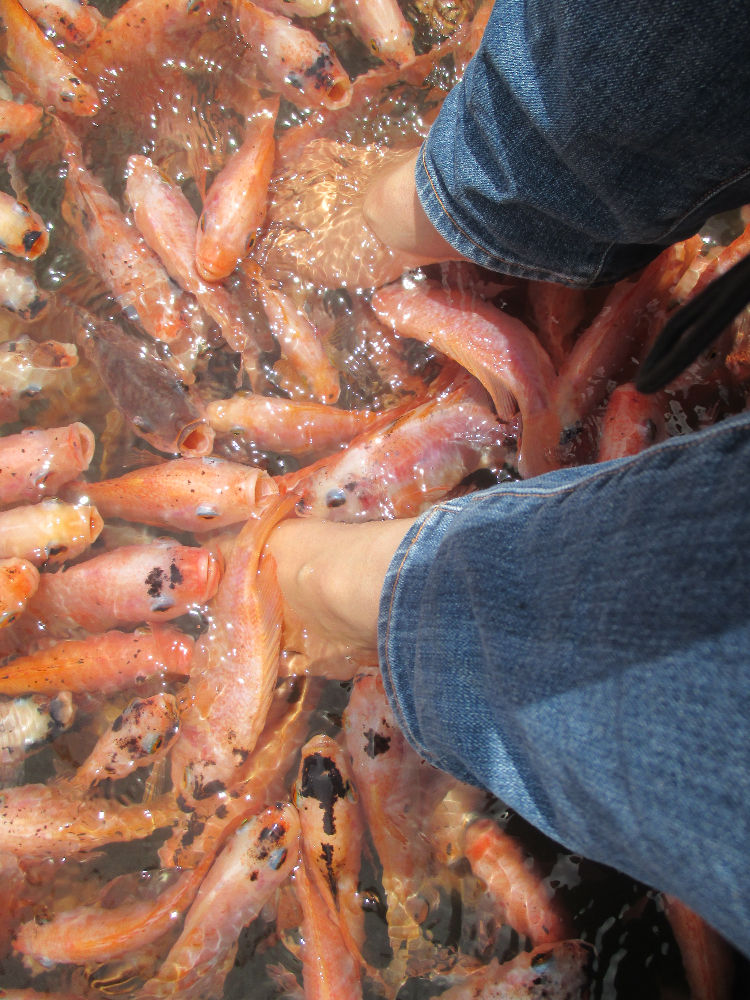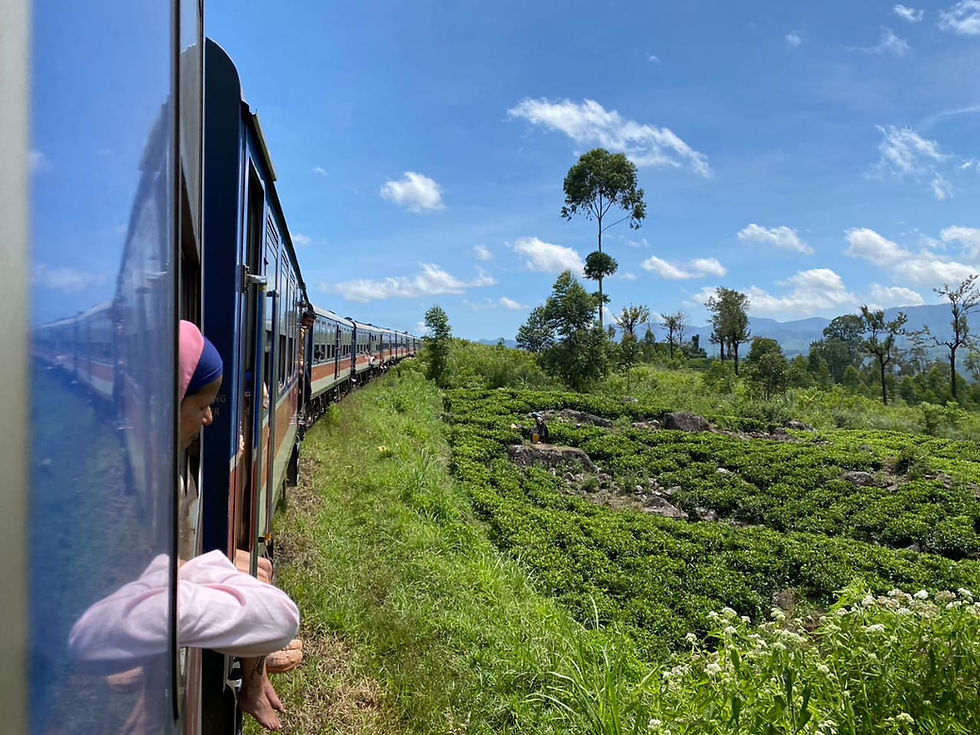
Balapitiy, a location that may still be relatively unknown to many tourists, has been gradually gaining popularity since the opening of the wonderful Shinagawa Beach Hotel, a Japanese-owned property.
Geographically, it is located about 19 km south of Hikkaduwa, roughly a 30-minute drive by car.
The reason this area has been attracting attention in recent years is that, unlike the increasingly saturated beach resorts nearby, it remains relatively undeveloped. Additionally, its proximity to the Madu River (Madu Ganga) and Hikkaduwa Lake has made it a hub for various water-based activities, even before the end of the civil war.
The Madu River (මාදු ගඟ Sinhala), located along the beautiful southern coast of Sri Lanka, offers a boat safari that provides a soothing escape into nature for weary urbanites from cities like Colombo. Thanks to the new highway, it’s now even more accessible from Colombo, making it a perfect day-trip destination—similar to how Tokyo residents might visit Hakkeijima or Miura Peninsula.
Here, you can forget the hustle and bustle of daily life and immerse yourself in the calming rhythms of nature, creating a truly special experience.



After paying the fee at the office and entering the boat dock, you’ll find several boats waiting. Follow the boatman’s instructions, put on your life jacket, and board the boat.
As the boat slowly moves along the river, you’ll be greeted by a tunnel of mangrove forests. When the engine is turned off and the boat quietly glides through the mangrove arches, it feels like stepping into another world.
In the serene embrace of nature, the chirping of birds and the gentle ripples of the river create a soothing symphony.
The Madu River is also a treasure trove of diverse flora and fauna. Along the riverbanks, waterbirds spread their wings, and if you’re lucky, you might spot water lizards or colorful butterflies.
On the water’s surface, you’ll often see fish (I don’t know their names...) and crabs quietly perched among the mangrove roots, adding to the enchanting scenery.



Another highlight of the Madu River boat safari is the opportunity to interact with the locals.
One of the stops along the way is a cinnamon farm, where visitors can observe the fragrant cinnamon production process.
To be honest, since I often get to see cinnamon-making at our own tea plantation, I didn’t really feel the need for another tour—especially since it comes with an entrance fee of 200–300 rupees. However, my husband convinced me by saying, “It’s to support them,” so I agreed.
Cinnamon is made by peeling the bark off slender tree trunks using special tools. The bark is then carefully rolled into the familiar cigar-like shape, which requires skill, and is left to dry in a cool, dark place. At this farm, visitors can only observe the peeling and rolling process.
Another enjoyable experience during the safari is the fish therapy available at a riverside platform. When you dip your feet in the water, tiny fish gather around and provide a natural massage. As you might imagine, it’s quite ticklish, but surprisingly relaxing. I ended up laughing and having a great time.


Except during peak seasons such as the New Year holidays, the Madu River boat safari tends to attract more Sri Lankan travelers than international tourists. Perhaps many city dwellers wish to give their children a chance to experience nature, as families are a common sight here.
This unique experience, where nature and culture harmonize, will surely create lasting memories for both Sri Lankans and visitors from abroad.
Don't forget your camera or smartphone!
*Example tour operators::Madu Queen Boat Safari













